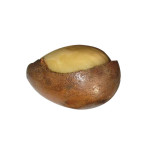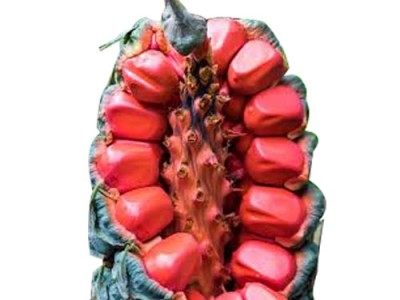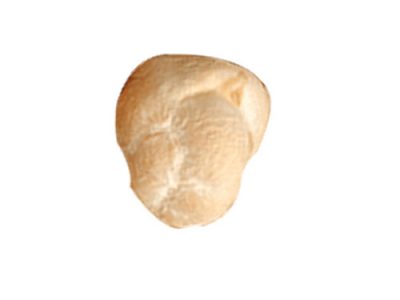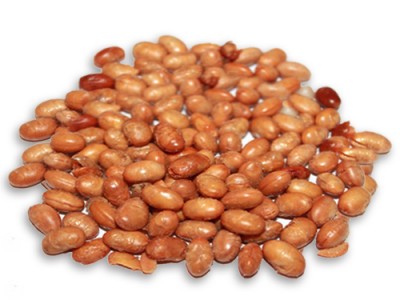
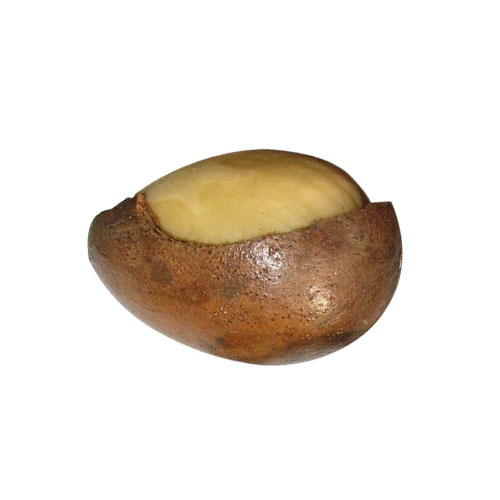
Yellow Walnut Nutritional Information And its Health Uses
Yellow Walnut
Classifying the trees according to its popularity is one of the mind blowing tasks. Generally botanists show much interest in this topic. There are numerous varieties of trees in this world and exploring their history is an interesting task.It falls under the Lauracea family and the botanical name for this plant is Beilschmiedia bancroftii.
How it is grown
Walnut trees are grown from seed or from nurseries in the form of bare-rooted or container-grown trees. Walnut trees need a sunny location with well-drained, deep soil in order to thrive. Planting in spring or early summer is ideal. Water the tree regularly and fertilize it with a balanced fertilizer throughout the growing season. Prune the tree in late winter or early spring and thin overcrowded branches each year. Monitor the tree for pests or diseases, and treat them as needed.
Nutritional Information And Uses
- The common names of this tree are yellow walnut, yellow nut and canary ash.
- The wood is generally used for decorative and timber purpose.
- The hulls of walnuts are used as a natural dye, producing a yellow-brown color.
- This tree is widely found in North Queensland, Australia near Daintree rivers.
- The fully grown tree attains a height of 25 to 30 m.
Aspects
The walnut tree has an intricate and intricate branching structure, with a deep brown bark and large, yellow-tinged leaves. Its wood is highly valued for its strong and durable qualities, and its nut is a popular food source. The walnut tree has a long history of being used for furniture and woodworking, and its wood is often used to make high-end furniture. Its thick shell is also prized for its decorative qualities.

